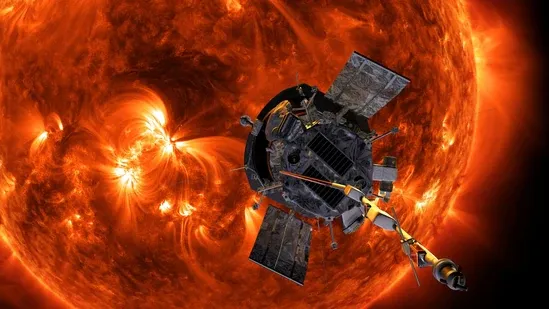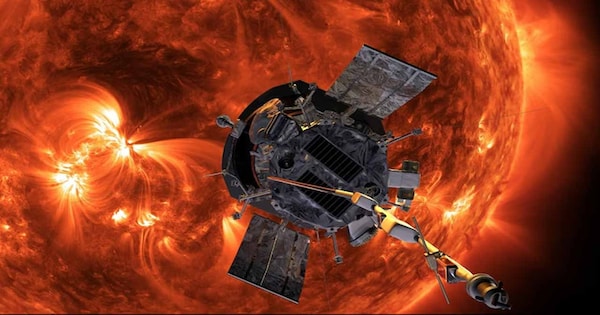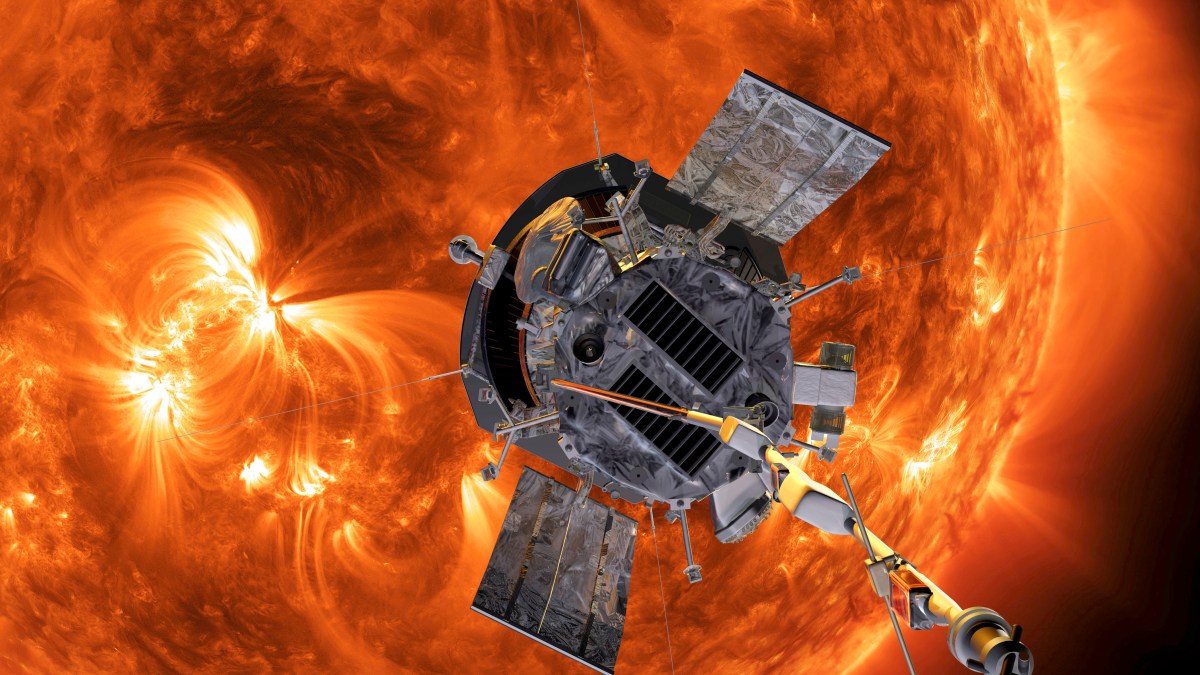

NASA's Parker Solar Probe has achieved a significant milestone by making its closest approach to the Sun, coming within 3.8 million miles of its surface on December 24, 2024. This marks the closest any human-made object has ever ventured toward the Sun.
During this close pass, the probe traveled at speeds up to 430,000 miles per hour and endured temperatures reaching 1,800 degrees Fahrenheit (982 degrees Celsius). Despite these extreme conditions, the spacecraft's heat shield effectively protected its instruments, allowing it to continue its mission.
The Parker Solar Probe, launched in 2018, aims to enhance our understanding of the Sun's behavior, including the origins of the solar wind and the mechanisms behind the Sun's outer atmosphere being hotter than its surface. The data collected during this mission is expected to provide valuable insights into solar phenomena that can impact Earth's technology and infrastructure.
Following this close approach, the probe transmitted a "proof of life" signal back to Earth, confirming its operational status. The mission team at NASA's Johns Hopkins Applied Physics Laboratory received this confirmation, indicating the spacecraft's continued health and functionality.
The Parker Solar Probe is scheduled to continue its mission until September 2025, with additional close approaches planned to further study the Sun's properties and behavior.
References:
 The GuardianNicola Davis
The GuardianNicola Davis
 NDTVNDTV
NDTVNDTV
 The TimesJacqui Goddard
The TimesJacqui Goddard
 AP NewsADITHI RAMAKRISHNAN
AP NewsADITHI RAMAKRISHNAN
Reuters: NASA spacecraft 'safe' after closest-ever approach to Sun